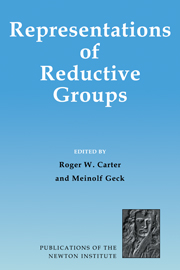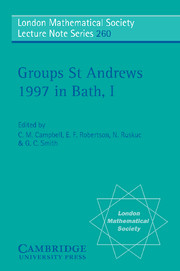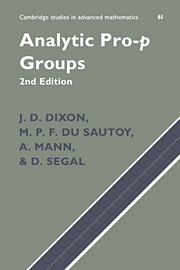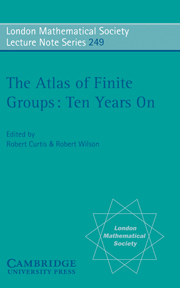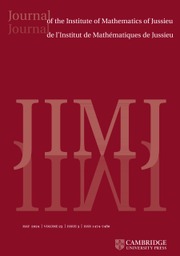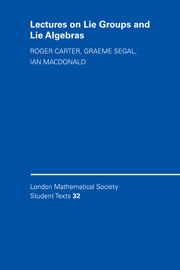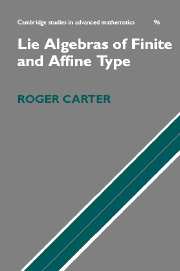Representations of Reductive Groups
The representation theory of reductive algebraic groups and related finite reductive groups is a subject of great topical interest and has many applications. The articles in this volume provide introductions to various aspects of the subject, including algebraic groups and Lie algebras, reflection groups, abelian and derived categories, the Deligne-Lusztig representation theory of finite reductive groups, Harish-Chandra theory and its generalisations, quantum groups, subgroup structure of algebraic groups, intersection cohomology, and Lusztig's conjectured character formula for irreducible representations in prime characteristic. The articles are carefully designed to reinforce one another, and are written by a team of distinguished authors: M. Broué, R. W. Carter, S. Donkin, M. Geck, J. C. Jantzen, B. Keller, M. W. Liebeck, G. Malle, J. C. Rickard and R. Rouquier. This volume as a whole should provide a very accessible introduction to an important, though technical, subject.
- Outstanding list of contributors
- Covers many highly topical areas
- Only book that gives a clean introduction to this material
Reviews & endorsements
"It seems doubtful that a group of outstanding experts manages it to write survey articles which are carefully coordinated and support eachother. This book proves impressively the practicability of such a project..." Monatshefte fur Math
Product details
September 1998Hardback
9780521643252
200 pages
236 × 156 × 16 mm
0.4kg
12 b/w illus.
Available
Table of Contents
- 1. Introduction to algebraic groups and Lie algebras R. W. Carter
- 2. Weyl groups, affine Weyl groups, and reflection groups R. Rouquier
- 3. Introduction to abelian and derived categories B. Keller
- 4. Finite groups of Lie type M. Geck
- 5. Generalized Harish-Chandra theory M. Broue and G. Malle
- 6. Introduction to quantum groups J. C. Jantzen
- 7. Introduction to the subgroup structure of algebraic groups M. W. Liebeck
- 8. Introduction to intersection cohomology J. Rickard
- 9. Introduction to Lusztig's Conjecture S. Donkin.

